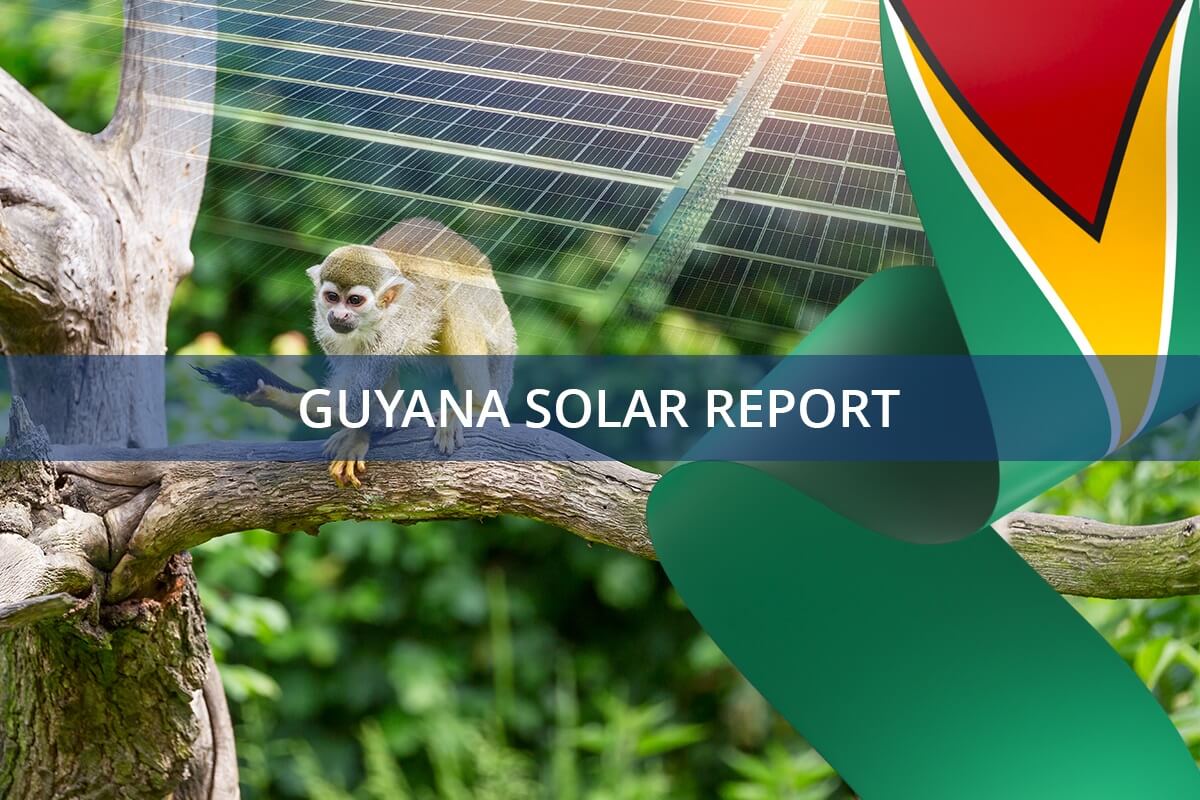Guyana is significantly expanding its solar energy capacity, with plans to boost its installed capacity to over 39 megawatts by 2025. The government (source) has already installed 5.34 megawatts of solar energy across 11 mini-grid systems in hinterland regions, benefiting hundreds of households. This initiative reflects a global trend towards renewable energy adoption, with countries like Poland experiencing significant solar capacity growth (source).
Guyana Solar Energy Capacity Expansion
The government has installed 5.34 MW of solar energy across 11 mini-grid systems in Regions One, Two, Seven, Eight, and Nine. These installations are now benefiting hundreds of households in the hinterland areas, improving access to electricity in these remote communities.
The Ministry of Public Works’ Hinterland Electrification Company Inc. (HECI) (source) reported that an additional 3.8 MW of solar energy is slated for installation by 2025. This will bring the total capacity to 9.14 MW by the end of the year. This expansion is particularly noteworthy given the challenges faced by some international solar programs, such as the setbacks experienced by the “Solar for All” initiative (source).
Key projects contributing to this expansion include the 0.65 MW Mabaruma Solar Farm and the 0.9 MW Bartica Solar Farm. Additionally, a 1.5 MW solar farm in Lethem is nearing completion, and a 0.7 MW solar farm in Wakenaam is already operational. The government has also commissioned a 0.8 MW solar farm in Leguan. The Mabaruma and Bartica solar farms are currently in the tendering phase.
Upcoming Projects Boosting Guyana Solar Energy Capacity
The government has also planned additional projects, including a 1.5 MW solar farm in Mahdia (Region Eight) and a 0.3 MW farm in Port Kaituma (Region One), both set to be tendered this year. These projects are part of a broader strategy to reduce Guyana’s dependence on fossil fuels and promote sustainable energy. This aligns with global efforts to transition towards cleaner energy sources, as seen in the Philippines’ recent securing of financing for a 125 MW solar project (source).
HECI also plans to install 30,000 solar home systems in the hinterland. By the end of 2023, 14,000 systems have already been installed, with the remaining 16,000 expected to be operational by year-end. These systems are distributed across Regions One, Seven, Eight, and Nine, further expanding access to electricity in remote areas.
To further promote solar energy adoption, the government has implemented tax exemptions on solar equipment, making it more affordable for citizens to adopt renewable energy solutions.
Guyana’s Renewable Energy Strategy and Solar Energy Capacity
The expansion of solar energy is a key component of Guyana’s Low Carbon Development Strategy (LCDS) 2030. The LCDS aims to diversify the country’s energy mix by investing in solar, hydropower, and wind energy. This strategy is crucial for reducing the country’s carbon footprint and promoting sustainable development.
Guyana’s commitment (source) to renewable energy is underscored by its goal to achieve a 70% renewable energy mix by 2030. This target is part of the country’s broader efforts to reduce greenhouse gas emissions and combat climate change. While Guyana is focusing on a diverse mix of renewables, other nations, like India, have seen significant growth specifically in solar power (source).
The government’s focus on solar energy is complemented by investments in other renewable sources. For instance, the Amaila Falls hydropower project is expected to generate 165 MW of clean energy, further reducing the country’s reliance on fossil fuels.
The expansion of solar energy in Guyana is a significant step towards achieving a sustainable and resilient energy future. By 2025, the country aims to have over 39 MW of solar capacity, contributing to a greener and more environmentally friendly energy mix. This commitment to renewable energy positions Guyana as a leader in sustainable development in the region.

